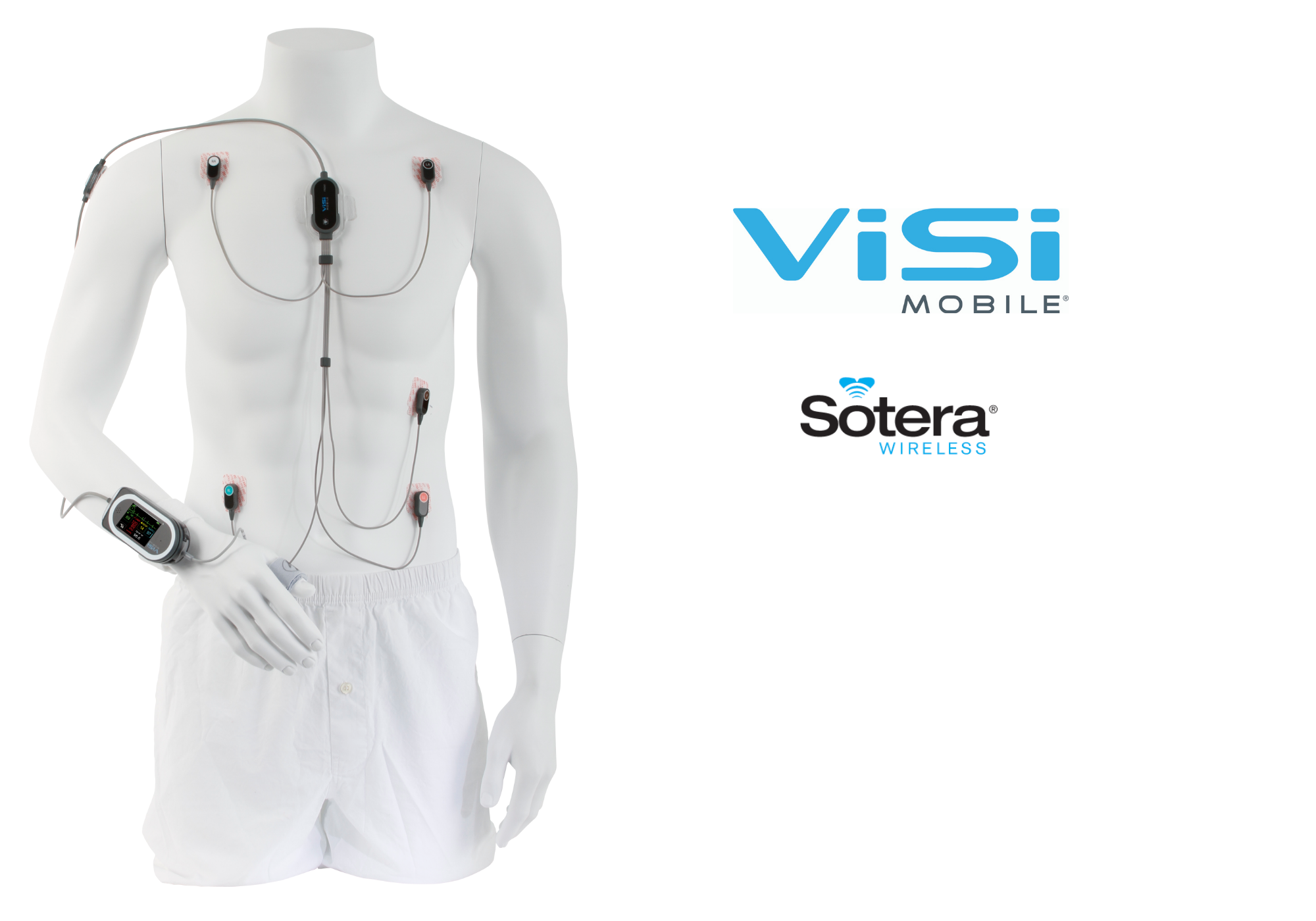Quality Improvement Project at Mayo Clinic Finds Utilizing ViSi Mobile Improves Patient Outcomes
Monitor vital signs, improve patient safety, and prevent otherwise hard-to-catch adverse events with ViSi Mobile, a physiological monitoring system for patients outside the ICU.

General care ward monitoring protocols typically consist of intermittent spot checks every 4-8 hours. However, patient deteriorations often occur between the checks. Continuous monitoring of patients in all acute care settings can help prevent costly adverse events, readmissions, and even avoidable deaths!
ViSi Mobile from a California-based health technology company, Sotera Wireless, was chosen as part of a Quality Improvement Project by a nurse-led team at Mayo Clinic. The goal was to improve patient surveillance and better identify early signs of patient deterioration through the use of continuous vital sign monitoring technology and measure the outcomes in comparison to a prior year.
Go to https://www.soterawireless.com/evidence for more information.
The Quality Improvement Project results were recently published in the American Journal of Nursing and show that continuous physiological monitoring using ViSi Mobile improves patient outcomes. 97% of patient deterioration events were recognized and treated as a result of this continuous monitoring. The length of stay in ICU per patient was also reduced by utilizing the device and corresponding procedures.
Sotera Wireless's ViSi Mobile patient monitoring system is used by clinicians and medically qualified personnel for single or multi-parameter vital signs monitoring of adult patients. ViSi Mobile bridges the gap between intermittent spot-checking and ICU intensive monitoring.
The system utilizes comfortable body-worn sensors that allow freedom of movement. It enables highly accurate monitoring of all vital signs, including blood pressure, skin temperature, heart, and pulse rate, 3-lead or 5-lead ECG, SpO2, and respiration rate. The device also monitors posture and has a fall detection sensor.
ViSi Mobile utilizes machine learning from millions of hours of patient data to recognize patient deterioration while minimizing alarm burden. The system transmits data wirelessly to a central monitoring station. Clinical alarms are configured with parameter thresholds and delays set by the clinical staff.
Continuous surveillance monitoring of key vital signs and early recognition of patient deterioration enables clinicians to make timely interventions and prevent complications. This leads to more efficient use of clinician time with less spot-check monitoring and allows hospitals to keep patients in lower-cost beds and out of the ICU.
CEO, Dr. Devin McCombie said: “Our goal is to help hospitals improve patient safety across the enterprise with minimum impact to the alarm burden and clinical workflow.”
75% of adverse events and preventable deaths occur outside of ICU in unmonitored beds. By implementing a precise continuous surveillance monitoring system for your patients, you can improve patient outcomes, avoid costly adverse events, and improve clinical workflow.
Go to https://www.soterawireless.com to request a demo of ViSi Mobile!

